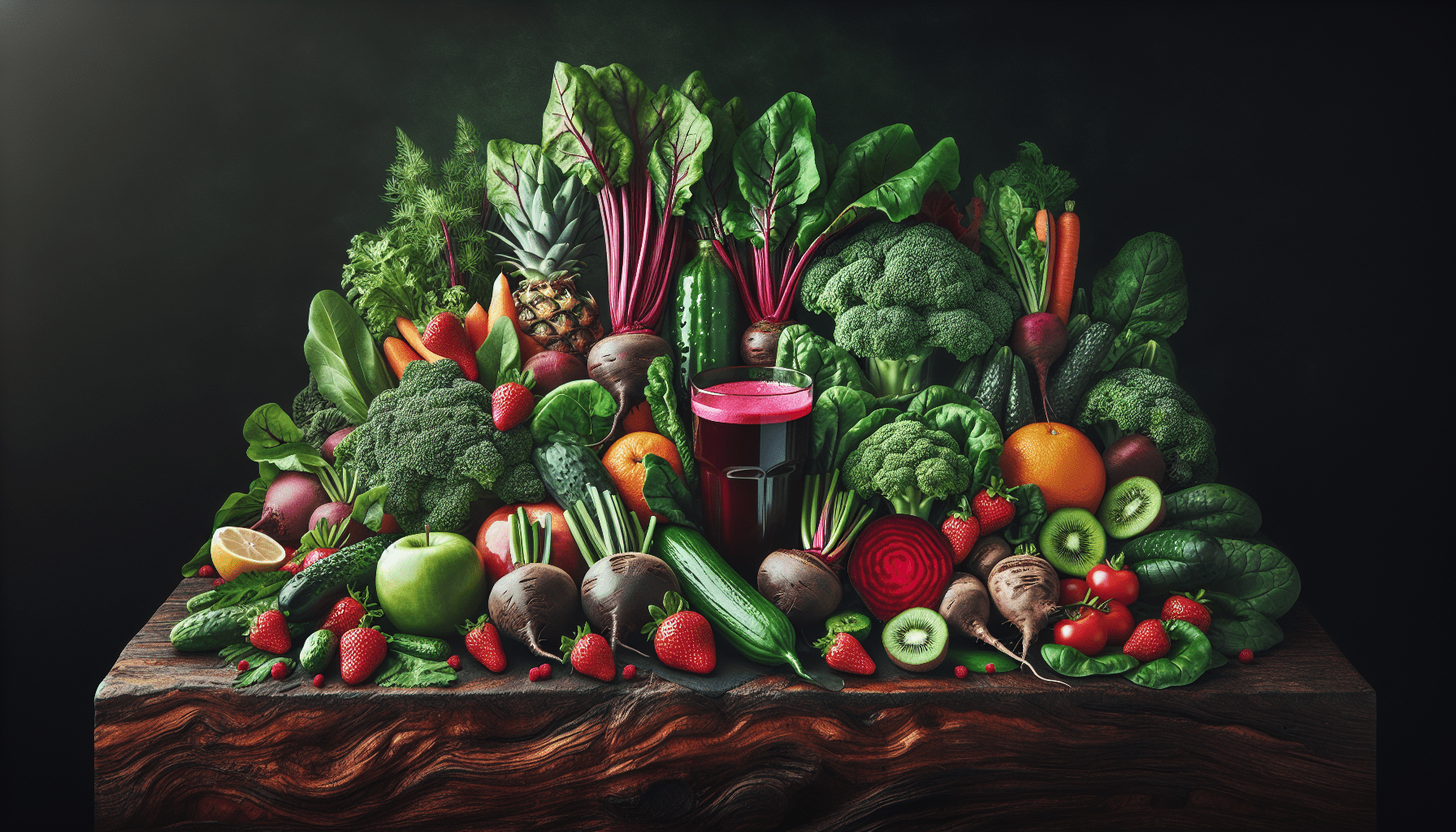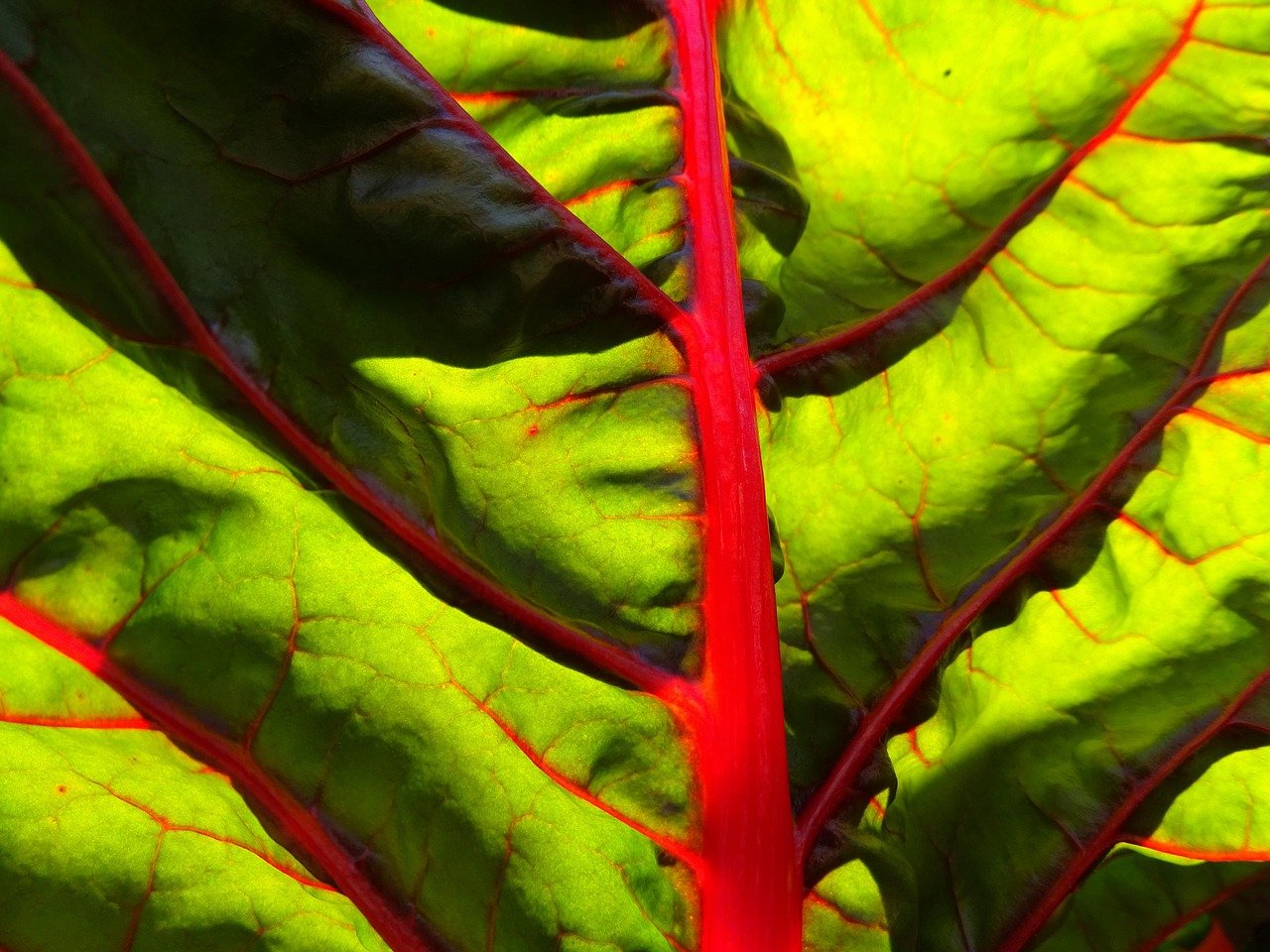Have you ever wondered if juicing could be impacting your health in unexpected ways, particularly through increasing your oxalate intake? While juicing is often hailed as a convenient way to boost your vitamin and nutrient consumption, there’s more beneath the surface. Many enthusiasts focus on the benefits of juicing, but it’s crucial to consider all aspects, including potential downsides like elevated oxalate levels.

What Are Oxalates?
To better grasp the potential concerns linked to juicing, it’s important to first understand what oxalates are. Oxalates, or oxalic acid, are naturally found in many plant-based foods. On their own, oxalates aren’t harmful. However, they can bind with minerals in your body, forming compounds like calcium oxalate, which is the most common type of kidney stone.
Natural Occurrence
Oxalates occur naturally in a wide variety of foods. Not limited to leafy greens, they are also present in vegetables, nuts, seeds, fruits, and grains. It’s fascinating how nature equips you with diverse and rich food options, yet some of these can be tricky for your body.
Role in the Body
Within your body, you don’t actually need oxalates. In fact, they are regarded as metabolic waste. Your system primarily eliminates them through urine. Despite their status as waste, they can interact with minerals, which becomes concerning in certain situations.
The Juicing Phenomenon
Juicing has become incredibly popular, enticing people with promises of improved health, vitality, and weight loss. The task of juicing involves extracting liquid from fruits and vegetables, often leaving behind pulp and fiber. While this concentrates nutrients, it can also escalate other compounds, such as oxalates.
Why People Juice
Many choose to juice for various reasons, including detoxification, improving health, or as an easy way to consume more produce. Juicing can be especially attractive if you’re not a fan of certain vegetables, enabling you to mask unpleasant tastes with fruits.
Nutrient Concentration
What makes juicing particularly alluring is its ability to concentrate nutrients. Imagine packing several servings of vegetables into a single glass. This can be beneficial in many ways, providing a compact and potent source of vitamins and minerals. However, it can also concentrate undesirable elements like oxalates, which raise other health considerations.

Oxalate-Rich Foods Common in Juicing
Let’s dive into the kinds of foods typically involved in juicing that are naturally high in oxalates. Understanding these can help you make more informed choices about which ingredients to incorporate into your juice blends.
Leafy Greens
Leafy greens like spinach and Swiss chard are popular in juicing recipes for their rich nutrient profiles. They are known for their high vitamin K, A, and folate content, which can significantly elevate your daily nutrition. However, they are also rich in oxalates, something you may not have considered when adding that extra handful of spinach to your morning juice.
Fruits
Certain fruits, particularly berries, also contain notable levels of oxalates. While fruits add a pleasant sweetness to your juices, balancing flavors and nutrients, they can contribute to your oxalate intake. Examples include blackberries, raspberries, and kiwis, which offer health benefits but come with a higher oxalate tag.
Other Vegetables and Nuts
Many vegetables and nuts, such as beets, rhubarb, and almonds, feature prominently in juice recipes due to their unique flavors and health benefits. Their addition can unavoidably increase the overall oxalate content of your juice, making it necessary to be mindful of your overall consumption.
Potential Health Implications of High Oxalate Intake
While enjoying the vibrant colors and refreshing taste of juices, it’s crucial to reflect on the potential health implications of consuming high levels of oxalates.
Kidney Stones
The most well-known issue associated with oxalates is the risk of developing kidney stones. For individuals sensitive to oxalates, a diet high in them could lead to the formation of these painful stones, often requiring medical treatment.
Mineral Absorption
Oxalates can interfere with the absorption of essential minerals. Since they bind with minerals like calcium and magnesium in your gut, they can obstruct absorption, potentially leading to deficiencies over time if you consistently consume high-oxalate foods or juices.
Chronic Pain
Some people claim high oxalate levels contribute to joint pain or other chronic pain conditions. Although research is not definitive, lowering oxalate intake can sometimes offer relief, suggesting that moderation in consumption might benefit overall well-being.

Balancing Your Juice Choices
If you’re a juice enthusiast, don’t worry—there are ways to balance your diet while still enjoying your favorite juices. By being strategic with your ingredients and managing portions, you can savor the benefits of juicing without overloading on oxalates.
Moderation
As with any dietary consideration, moderation is key. While it’s okay to enjoy juices, try to balance your consumption by not relying solely on high-oxalate ingredients. You may also want to keep portion sizes in check, savoring smaller amounts rather than large glasses.
Rotating Ingredients
Diversity helps manage your oxalate intake. Rotate the ingredients in your juice recipes to ensure a variety of nutrients and lower oxalate content. Instead of always reaching for spinach or beets, explore lower-oxalate options like kale, carrots, or bell peppers.
Increase Water Intake
Drinking ample amounts of water can aid in reducing the risk of kidney stones. Remaining hydrated helps to increase urine output, diluting the concentration of oxalates in your body and assisting in their elimination.
Low-Oxalate Alternatives for Juicing
To embrace juicing while managing oxalate levels, turn to some nutritious, low-oxalate alternatives. These swaps allow you to maintain a vibrant, healthy diet without overloading on oxalates.
| High-Oxalate | Low-Oxalate Alternative |
|---|---|
| Spinach | Kale, Lettuce |
| Beets | Carrots, Cabbage |
| Almonds | Sunflower Seeds, Pumpkin Seeds |
| Raspberries | Strawberries |
| Swiss Chard | Cucumber, Zucchini |
Benefits of Low-Oxalate Options
Incorporating more low-oxalate foods doesn’t mean sacrificing nutrition. Many of these alternatives still provide essential vitamins and minerals while decreasing potential risks associated with high oxalate consumption.
Experimenting with Flavors
These substitutions can introduce new and exciting flavors to your juice blends. Combining low-oxalate options with herbs, spices, or other ingredients can yield delightful and health-conscious variations to enhance your juicing routine.

Additional Tips for Safe and Enjoyable Juicing
In addition to choosing the right ingredients, there are extra measures you can take to ensure you juice both safely and enjoyably. These practices support a balanced approach to juicing, enabling you to revel in its benefits while minimizing risks.
Blend for Fiber
Consider blending rather than juicing to include the fiber from produce, which may help moderate oxalate absorption in your body. Though blending doesn’t isolate juices as purely, it retains more of the plant’s original nutrition.
Fortify with Calcium
Consuming calcium-rich foods alongside your high-oxalate foods or juices is a straightforward trick. Calcium can bind with oxalates in your digestive tract, reducing their absorption and supporting bone health. Foods like yogurt, cheese, or fortified plant milk can make excellent accompaniments.
Listen to Your Body
Your body often signals discomfort or imbalance. Pay attention to any signs of adverse reactions and consider adjusting your consumption habits as needed. If you’re prone to issues like kidney stones or mineral deficiencies, consult a healthcare provider for personalized advice.
Conclusion: Striking a Balance in Juicing
Juicing can boost your wellness routine, offering a myriad of nutrients in a convenient package. That said, awareness of oxalate levels is crucial to make informed decisions about your health. By understanding your ingredients and tailoring your approach, you can continue to enjoy the benefits of juicing while minimizing potential downsides. Embrace a mindful attitude towards juicing, focusing on variety and moderation as keys to a wholesome and satisfying experience.


